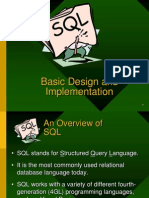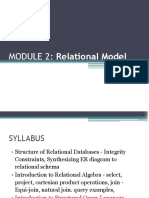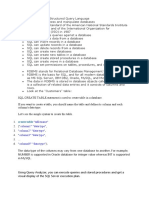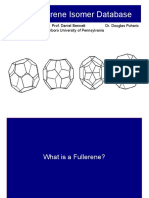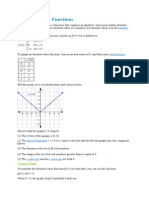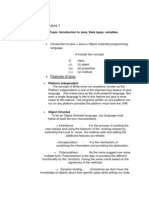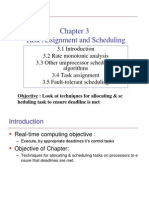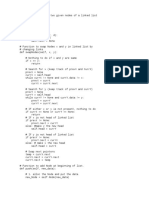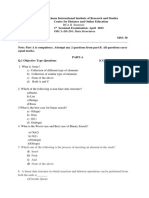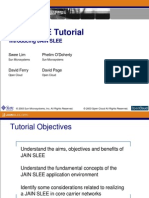0% found this document useful (0 votes)
15 views58 pages06 Database Design Part II
The document provides an overview of SQL, its history, usage, and various types of SQL statements. It explains the structure and elements of SQL queries, including commands for data manipulation, definition, and control. Additionally, it introduces NoSQL databases and discusses the differences between relational and non-relational database systems.
Uploaded by
gegis.jkuat2021Copyright
© © All Rights Reserved
We take content rights seriously. If you suspect this is your content, claim it here.
Available Formats
Download as PDF, TXT or read online on Scribd
0% found this document useful (0 votes)
15 views58 pages06 Database Design Part II
The document provides an overview of SQL, its history, usage, and various types of SQL statements. It explains the structure and elements of SQL queries, including commands for data manipulation, definition, and control. Additionally, it introduces NoSQL databases and discusses the differences between relational and non-relational database systems.
Uploaded by
gegis.jkuat2021Copyright
© © All Rights Reserved
We take content rights seriously. If you suspect this is your content, claim it here.
Available Formats
Download as PDF, TXT or read online on Scribd
/ 58



